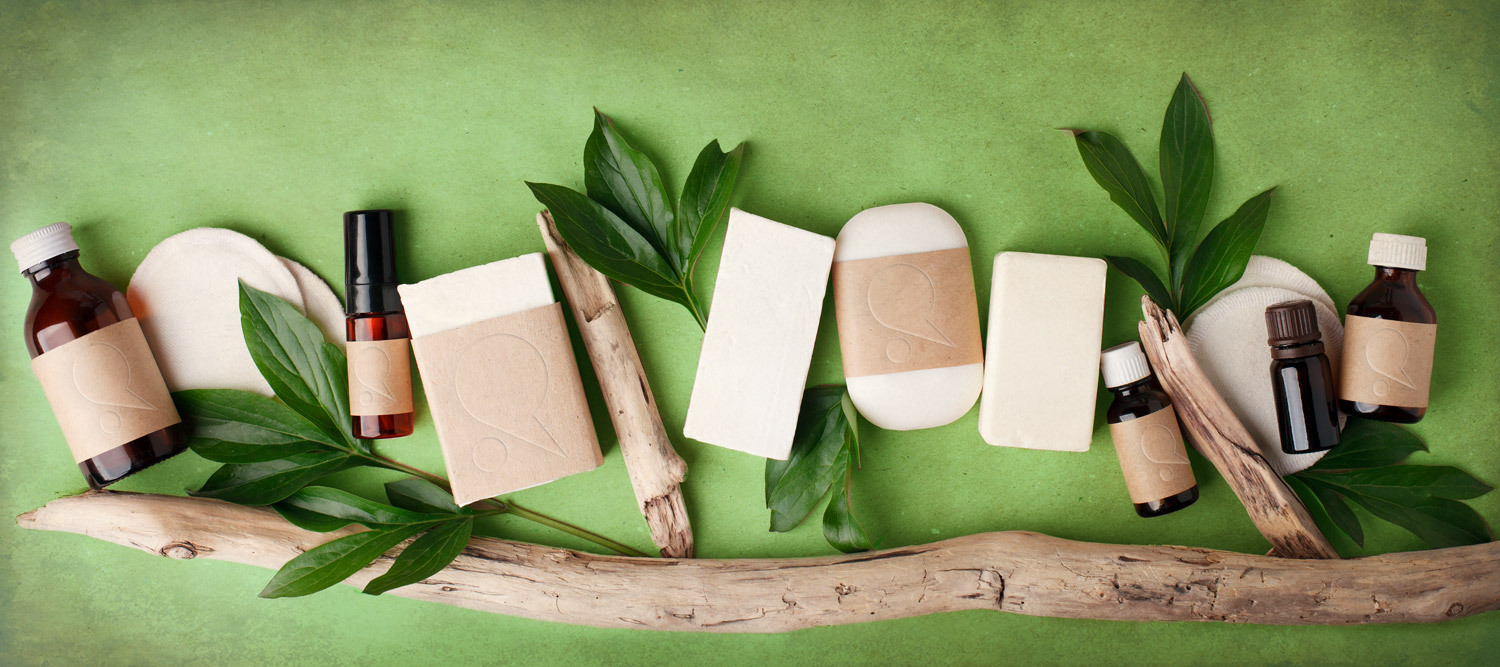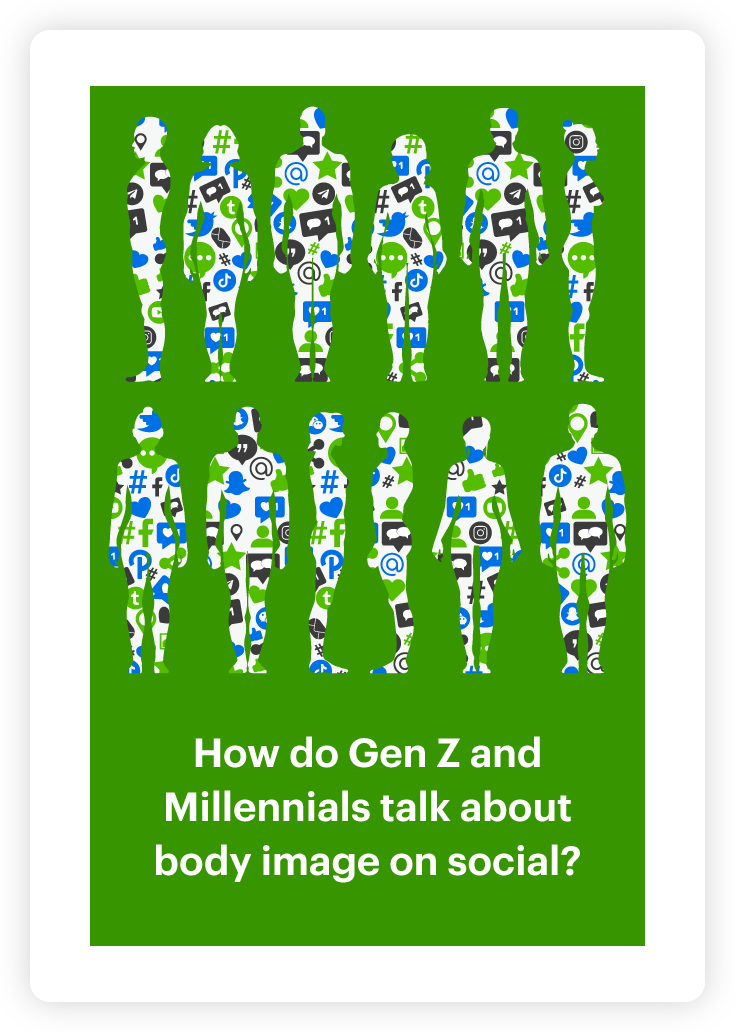Charting changing conversations on sustainability in beauty

Attempts to limit the impact of climate change has increased scrutiny around the impact of all sectors. This includes an increase in online discussions about sustainability in beauty and cosmetics.
Whether it be packaging, sourcing or the composition of products themselves, cosmetics companies are under pressure to reduce their footprint on the planet. But which aspects matter most to consumers? Relative Insight’s text analytics platform helped us to find out.
We began by using a social listening tool to gather conversations about sustainability in beauty across both 2022 and 2023. This would enable the Relative Insight platform to chart how these discussions have evolved over time.
The tool compares text data sets to quantify the differences between them. This reveals what’s more prevalent in each data set, helping you to better understand what different audiences think – and why they think it.
Relative Insight’s year-on-year comparison into beauty’s impact on the planet demonstrated how online discussions are rapidly maturing. From indignant anger and blame-giving in 2022, consumers show a much greater understanding of the issues involved in 2023 discussions – messaging that beauty firms will need to match to keep up with their customers.
Glow-up your understanding of text data
Beauty sustainability anger in 2022
2022 was a year of consumer anger. Consumers directed their rage at both big beauty firms and ingrained industry practices.
This year, people were 2.0x more likely to express ‘frustration’ and used words related to profligacy infinitely more, including ‘wasteful’, ‘unnecessary’ and ‘expendable’.
“Promoting their affordable and sustainable 30g for $80 that comes in a big box inside of a box of another box for the product to come in another damn unnecessary box.“
Tweeters were infinitely more likely to use the words ‘rich’ and ‘profit’ in this year, while also talking about the topic of ‘wealth’ infinitely more. They insinuated that beauty firms were more interested in making large profits than minimizing their impact on the planet.
“Probably the worst belief I’ve held is that if we just supported sustainable beauty brands, it would motivate all beauty brands to produce less waste and become sustainable. They just found ways to profit from it while putting all the blame on the consumer! Ha!“
Even companies who offered sustainable products were treated with skepticism. Consumers talked about ‘price’ infinitely more in 2022, suggesting that firms were using the cover of sustainability to raise prices. They were also infinitely more likely to use the ‘♲’ symbol, however, in the context that consumers questioned whether it really was an indicator of sustainability.
“Plastic is not about #recycling! It is downcycling… let’s face it, recycling marks are #greenwashing ♻ #plasticwaste #zeroplastic.”
However, there were some signs of people taking action. Tweeters were 4.2x more likely to highlight beauty practices they’d given up due to sustainability concerns – denoted by the phrase ‘used to’. One specific aspect which overindexed in 2022 was ‘refills’ – consumers were infinitely more likely to discuss this in 2022.
“Now we see refills coming back… consumers are demanding more sustainable options.“
2023: Time for action
The tone of beauty sustainability conversations shifted dramatically in 2023. Rather than anger, tweeters showed a determination to take action. They used the word ‘choosing’ 11.5x more and ‘decision’ infinitely more, highlighting that rather than simply getting mad as hell about sustainability in beauty, they weren’t going to take it any more and will do something about it.
“🧴 the cosmetics industry has a high environmental impact. Fortunately, more and more #ecoconscious brands contribute to reducing this sector’s impact. Choosing brands that take into account their ecological impact is a small gesture that helps make our world more sustainable.“
Their focus is to change two key areas – ingredients and sourcing. Consumers were 6.5x more likely to talk about ‘natural ingredients’ in 2023, as well as talking about ‘organic’ products 2.2x more. This isn’t just about sustainability either; tweeters were 11.5x more likely to state that products should be ‘gentle’ for consumers to use.
“It’s important to make sure the products you put on your face won’t do more harm than good. Find makeup that is free of harmful ingredients.“
Sourcing these ingredients sustainably is equally important to consumers. They used the word ‘sourcing’ infinitely more in 2023 and talked about cosmetics ‘production’ 6.7x more. They also showed greater knowledge of how products are formulated; they talked about the topic of ‘ecology’ 3.4x more, using words like ‘forests’, ‘marine’ and ‘habitats’.
“When shopping for skincare products containing celery seed extract, look for brands that prioritize sustainability and ethical sourcing.“
This suggests consumers concerned about sustainability in beauty will favor those brands using natural ingredients, sourced in a way that doesn’t impact the planet.
Shifting social sustainability conversations
Relative Insight’s social analysis tool helps brands and agencies to cut through the noise of social listening data. In this example, it successfully analyzed and quantified 39,000 words of Twitter conversations in seconds, highlighting consumers’ clear shift from anger to taking action over the course of 2022 and 2023.
Having uncovered these beauty sustainability insights, brands have clear focus areas if they want to attract and retain ethically-minded customers. These consumers value brands which not only use natural ingredients, but those ingredients also need to feel gentle. They need to be sourced in an ethical manner which doesn’t harm ecological balance.
With consumers becoming more knowledgeable, brands not only need to implement these practices – they need to prove it too. These people are increasingly cynical about the claims brands make in relation to sustainability, so companies need to offer hard evidence as to how they’re acting in a sustainable way.
Want to understand how Relative Insight analyzes, quantifies and visualizes text data within minutes? Find out more using the button below.
